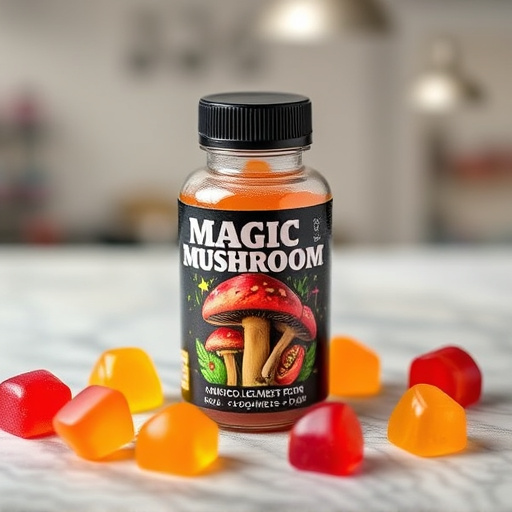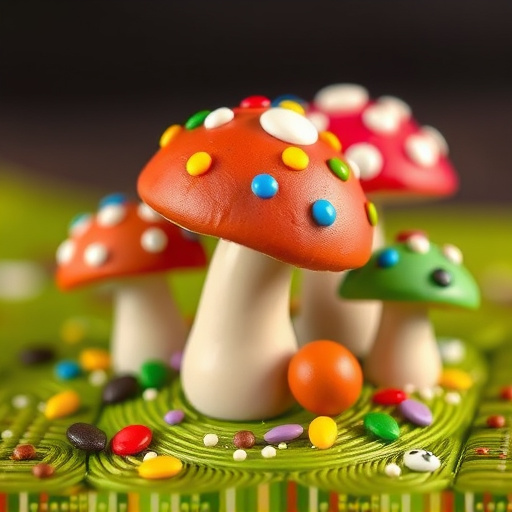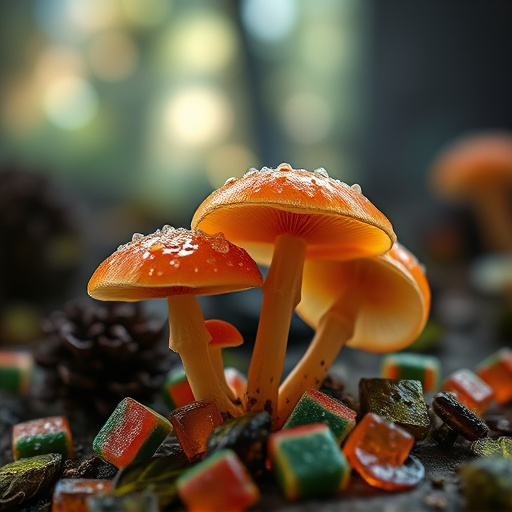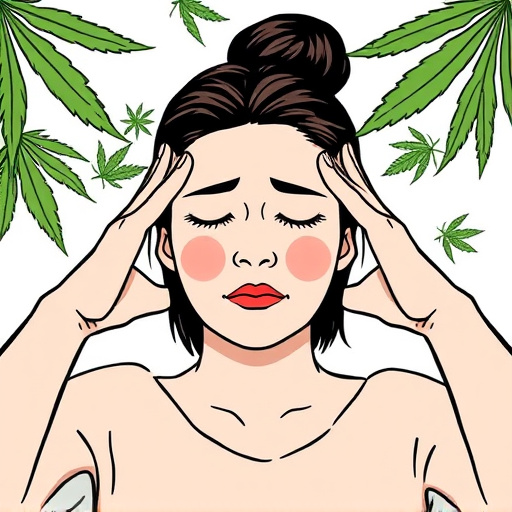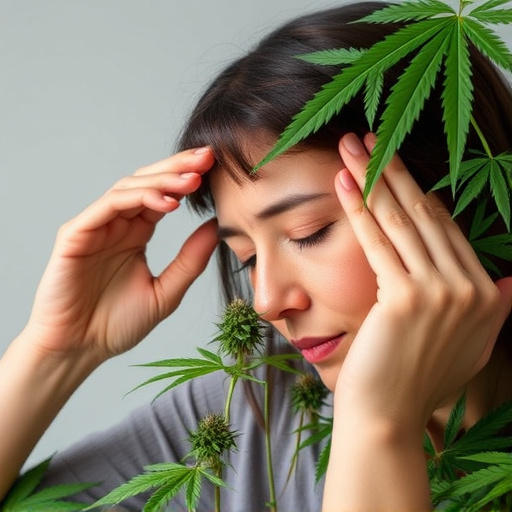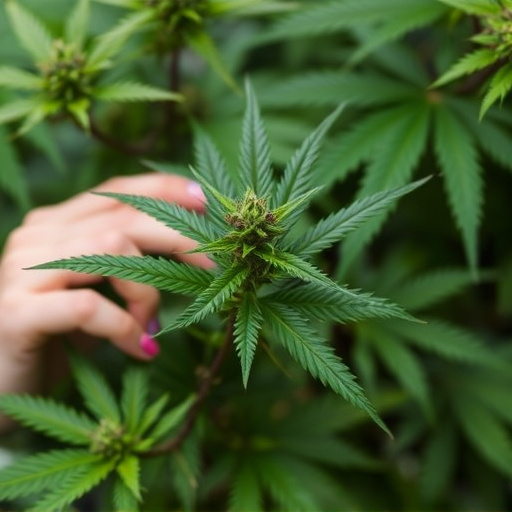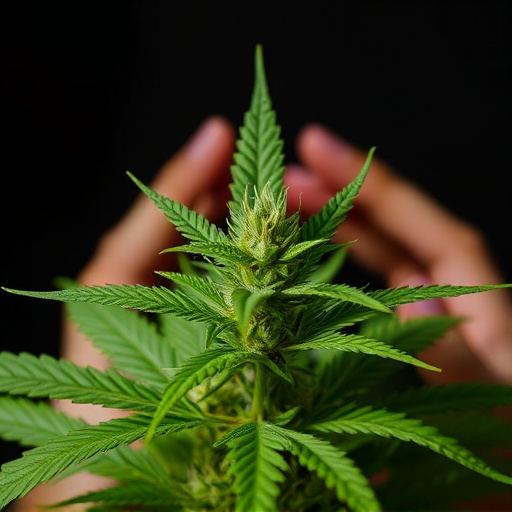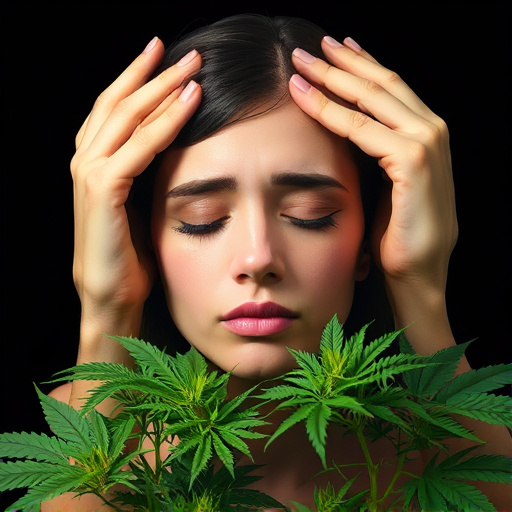Researchers are exploring the link between cannabis color, potency, and migraine treatment. Different colors indicate unique cannabinoid profiles; e.g., reddish/purple hues often contain higher THC and CBD levels. This knowledge allows consumers to choose strains tailored to their migraine needs, offering a natural treatment approach with potential benefits for pain relief and inflammation reduction.
Discover how color goes beyond aesthetics in the world of cannabis, influencing potency and migraine relief. This article delves into the science behind the connection between pigment and cannabis effectiveness, exploring specific colors’ impact on treating migraine pain. We’ll guide you through various cannabis strains renowned for their potential migraine-soothing properties, offering a colorful approach to managing this condition. Uncover the fascinating interplay of color and cannabinoids in your quest for natural relief.
- The Science Behind Color and Cannabis Potency
- How Different Colors Impact Migraine Relief
- Exploring Cannabis Strains for Migraine Treatment: A Colorful Approach
The Science Behind Color and Cannabis Potency
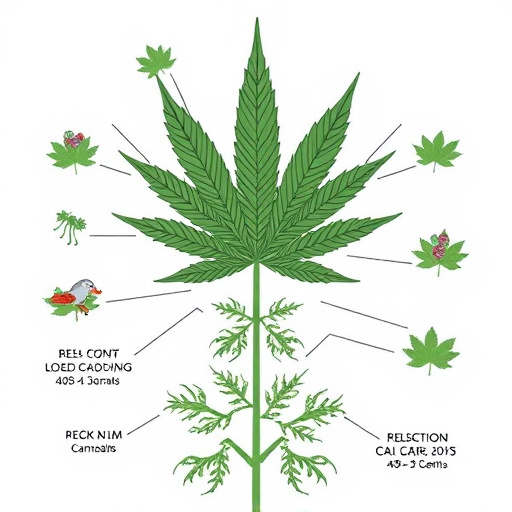
The association between color and cannabis potency has intrigued researchers and enthusiasts alike, prompting investigations into the science behind this connection. Cannabis plants naturally produce a wide array of pigments, contributing to their diverse colors—from deep greens to vibrant purples and reds. Among these pigments are flavonoids, known for their potent antioxidant properties, and terpenes, which not only impact aroma but also may influence cognitive effects.
Studies suggest that specific colors in cannabis can indicate varying levels of these compounds. For instance, a cannabis strain with deeper hues might contain higher concentrations of certain terpenes linked to enhanced relaxation or pain relief, making it appealing for migraine sufferers seeking natural remedies. Understanding the intricate relationship between color and chemical composition allows consumers to make more informed choices, potentially optimizing their experience and therapeutic outcomes, especially when using cannabis strains for migraines.
How Different Colors Impact Migraine Relief

Cannabis has long been recognized for its potential in providing migraine relief, and the role of color in this process is an intriguing aspect often overlooked. The diverse range of cannabis strains, known for their unique chemical compositions, offers a spectrum of colors—from vibrant greens to rich purples—that may hold significance beyond aesthetic appeal.
Research suggests that different colors in cannabis can indicate varying levels of cannabinoids and terpenes, which are responsible for its therapeutic effects. For instance, strains with a reddish or purple hue often contain higher concentrations of cannabinoids like THC and CBD. These compounds have been extensively studied for their migraine-relieving properties, offering both pain reduction and anti-inflammatory benefits. When it comes to cannabis strains for migraines, the colors can provide valuable insights into their potential efficacy, guiding users towards specific varieties that align with their needs.
Exploring Cannabis Strains for Migraine Treatment: A Colorful Approach
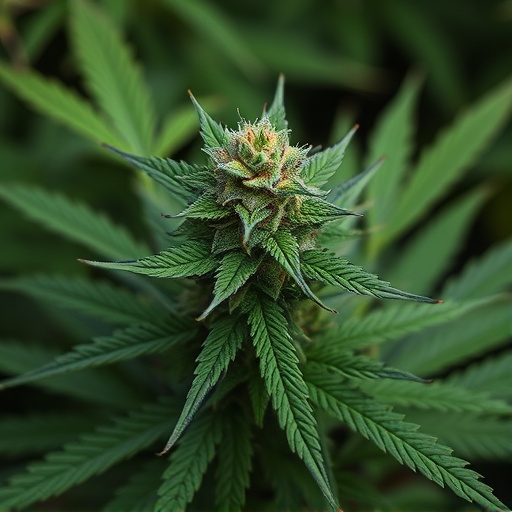
Cannabis has emerged as a potential treatment option for migraine sufferers, offering a natural alternative to conventional medications. When exploring cannabis for this purpose, considering the strain’s potency is crucial. It’s here that color becomes an intriguing factor. Different cannabis strains often have distinct hues, from deep greens to vibrant purples and even reddish tints. These colors aren’t just aesthetic; they can provide valuable clues about the plant’s chemical composition.
For instance, studies suggest that certain pigments in cannabis flowers are associated with higher levels of cannabinoids like THC and CBD, both of which play significant roles in managing pain and reducing inflammation. A careful selection of cannabis strains based on their appearance—and the associated cannabinoid profiles—could offer a colorful approach to treating migraines. This method allows patients to explore various options, potentially finding relief through a unique blend of potency and pigment.
While the science behind color’s direct impact on cannabis potency remains inconclusive, it’s clear that different colors can significantly influence the experience and effectiveness of cannabis in treating conditions like migraines. The diverse cannabinoid profiles and terpene content associated with various colored strains offer tailored options for individuals seeking relief. As research continues to evolve, exploring specific cannabis strains for migraine treatment, guided by their distinctive hues, remains a promising approach in managing this chronic condition.
